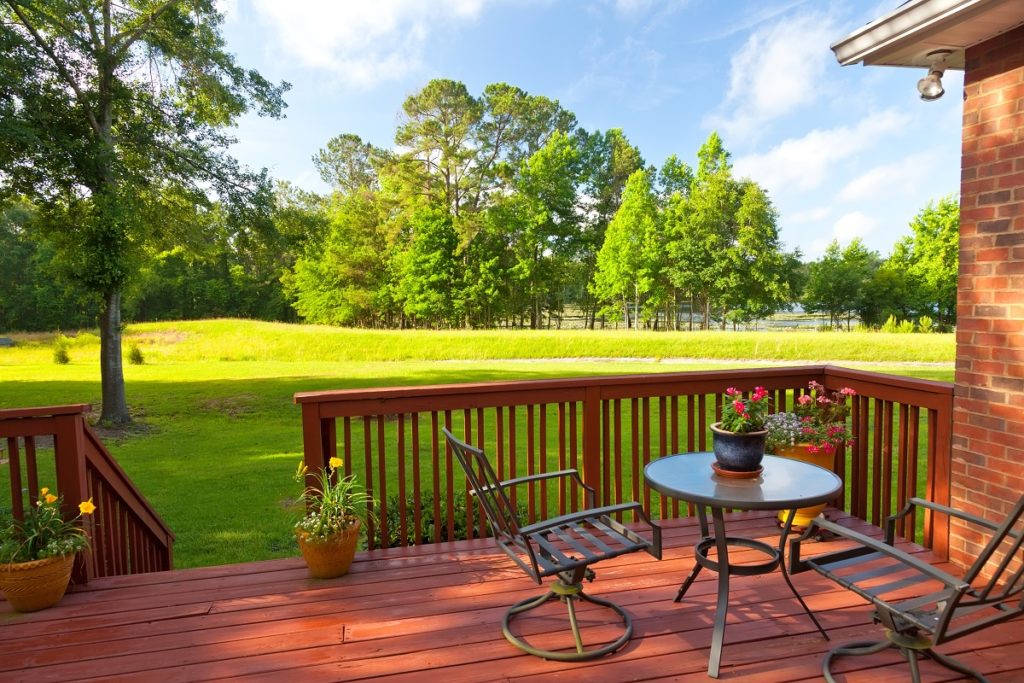Around 61 million Americans live with disabilities. And 13.7 percent of those have a mobility disability, making it challenging to move around. If you have a loved one with a disability, you may be wondering how you can make your home more accessible for them.
Making a home accessible to people with disabilities is not only the right thing to do but can also be surprisingly affordable. Sometimes, it takes a few minor changes to make your home more welcoming and accommodating for those who might have difficulty getting around. Here are just a few tips to get you started.
Identify the areas that are difficult for your loved one to navigate.
Making a home accessible to people with disabilities is vital for ensuring everyone feels comfortable and at ease in their home. By identifying the areas that are difficult for your loved one to navigate, you can take steps to make those areas more accessible. Making your home more accessible can help your loved one live a fuller and happier life.
These barriers can be present both inside and outside of the home. It is essential to be aware of any potential obstacles so that you can take steps to remove them. Making your home more accessible gives your loved one the gift of independence and dignity.
Widen doorways and hallways to accommodate wheelchairs and walkers.
Increasing accessibility in the home can help make it comfortable for people with disabilities. One way to do that is by widening doorways and hallways. This will allow people in wheelchairs or using walkers to move around more easily. It can be challenging for people with disabilities to get around in a home that isn’t accessible, so taking this small step can make a big difference.
Another way to make a home more accessible is to install ramps or lifts. This can help people with mobility issues get in and out of the house more quickly. If you have stairs, consider adding a ramp or lift to make it easier for people with disabilities to enter your home.
You can also install a reliable panic bar on the door. The hardware makes it easy to go out of the house by simply pushing the mechanism. This addition to the door will make it easy for people with disabilities to open the door and go outside. It is also helpful during emergencies when you need to get out of your home quickly.

Install handrails in critical locations, such as next to the toilet and in the shower.
Handrails are essential for people with disabilities because they provide support and stability. In the bathroom, for example, handrails next to the toilet and in the shower can help a person stay upright and avoid falls. Handrails can also be helpful in other parts of the house, such as near stairs or in areas where someone might struggle to keep their balance.
Installing handrails is relatively simple and can make a big difference in the safety and accessibility of your home. If you’re unsure where to start, many online resources can help you plan and install handrails that meet your specific needs.
Make sure all flooring is slip-resistant.
Making your home accessible to people with disabilities can provide many benefits. One of these benefits is that it can help to keep everyone safe. Slippery floors can be dangerous to everyone, but they can be especially dangerous for people with disabilities. Making sure your flooring is slip-resistant can help keep everyone safe in your home.
There are a few different ways that you can make your floors slip-resistant. One option is to use rugs or mats in high-traffic areas. This can help to provide traction and prevent slips and falls. Another option is to use non-slip flooring products. These products can be applied to your existing floors or used when installing new ones.
Making your home accessible doesn’t have to be difficult or expensive. Taking the time to ensure your floors are slip-resistant can help keep everyone in your home safe and healthy.
Install additional lighting as needed, especially in hallways and stairwells.
When making a home accessible to those with disabilities, one of the most important things you can do is install additional lighting. This is especially important in hallways and stairwells, where there may be areas that are difficult to see in without proper lighting.
Installing additional lighting can be beneficial for people with disabilities. They can help them see better and make moving around in their home easier. Additionally, they can help create a more welcoming environment.
Installing additional lighting can help ensure that everyone in your home can safely navigate through it.
These are just a few ways to make your home more accessible for people with disabilities. You can create a safe and welcoming environment for everyone in your home by making a few simple changes.


